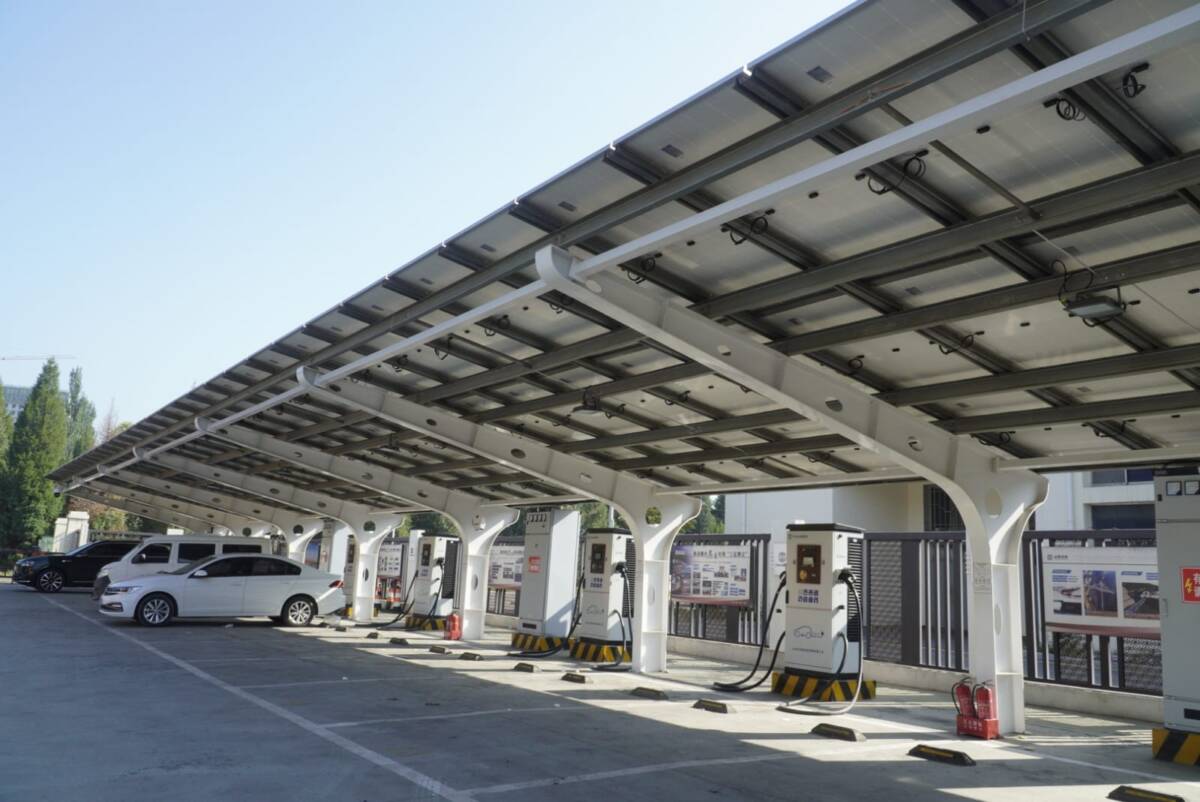Cities are among the major emitters of greenhouse gases (GHG) in Indonesia. The emission comes from human activities which consume energy and produce waste. The two sectors that produce high emissions are transportation and the built environment (building construction and operations). Here are some numbers to illustrate how big the emissions from those sectors can be. Climate Policy Initiative predicted that 40% of total energy consumption nationwide will be from the buildings sector by 2030 while the Institute for Essential Services Reform (IESR) reported that the transport sector ranked second in GHG production of the country in 2023. energy transition
More people consume more energy. In 2022, more than half of all Indonesians lived in cities. It is predicted that 70% of Indonesians will reside in urban areas in the next 20 years. All other things being equal, future emissions from cities could be much worse.
Realizing cities are major emitters of GHG, their energy systems must transition to sustainable ones as soon as possible. When a city is successful, other cities will follow suit. Hence, an acceleration of energy transition in the nation happens. But, how to start? Due to the multifaceted impact of energy transition, multi-stakeholder collaboration is essential. The main stakeholders are the central government, sub-national level authorities (provincial and city governments), civil societies, international partners, and private sectors.
The central government decides the national emission reduction target based on the newest Nationally Determined Contribution (NDC) while observing economic growth, energy security, and reliability. Since there are no energy agencies at the city level anymore, the provincial governments act as the central government’s hand at the regional level. As for the city governments, they execute the central government’s plans by controlling the issuance of permits, implementing local regulations in sustainable transportation systems, and promoting transition to local communities.
Non-governmental actors such as civil societies and international partners work with the ministries and sub-national authorities to research, increase the capacity development of human resources, or provide infrastructure grants. Collaborative Labelling and Appliance Standards Program (CLASP), one of the non-profit organizations, produced the Indonesia Residential End Use Survey which provides intelligence about the penetration of appliances (estimation on the percentage of people in Indonesia owning an appliance), hours of use of each appliance, and most importantly, estimate on the energy consumption in households. If used correctly, the information could help regulators and decision-makers planning for the transition.
Lastly, the business players are exploring opportunities from the ongoing energy transition too, creating economies of scale and increasing the country’s income. Energy management services for buildings, Cooling as a Service (CaaS) in buildings, and public electric vehicle charging stations are growing in number. If all parties do their job well, Indonesia will transition relatively quickly, spearheaded by the cities’ energy transition powered by multi-stakeholder collaboration.
Indonesia is moving forward in its pursuit of sustainable transition. But, the progress is not fast enough. Some complications emerge from the central government having full control over energy and transition matters. Meanwhile, cities that stand at the forefront of the fight have limited or even no authority at all. One of the complicating factors is the delay in producing and signing legal documents such as the Draft Law on New and Renewable Energy. The Law covers prices of new and renewable energy, fiscal and non-fiscal incentives, and subsidies for the cost of renewable energy. Since the law will provide a clear legal framework for new and renewable energy, the delay in signing it impacts the transition effort.
Another example is the time-consuming process of finalizing the Draft Regulation of the Minister of Energy and Mineral Resources on Energy Management, which is the derivative of Government Regulation Number 33 of 2023 on Energy Conservation. The important draft specifies how energy management must be performed, incentives and penalties for non-conformance. Without the completion of the Draft Regulation, Government Regulation Number 33 of 2023 cannot be applicable. Regulation Number 33 has a big potential to get more energy providers and users to carry out energy conservation activities through energy management. The writer understood that the draft regulation is under process, and most probably will not be signed this year. This will slow down the pace of energy transition in Indonesia.
To conclude, multi-stakeholder collaboration can accelerate the transition exponentially. But, it could also postpone the progress considerably due to the central government having most of the authority over energy matters. A delay in producing and signing legal documents brings reverberating effects to the execution of plans. Lastly, although there are no more energy agencies at the city level, it does not mean that cities become toothless over energy matters. Cities governments are in control of mapping out promising projects related to the energy transition, such as installing solar panels at government buildings or selecting highly efficient transportation systems and informing the central government through related ministries about the needs. It would require ingenious effort from all parties to juggle between budget restrictions, authority, and the opportunities it can bring. But, nothing is impossible if we put Ibu Pertiwi in mind.

